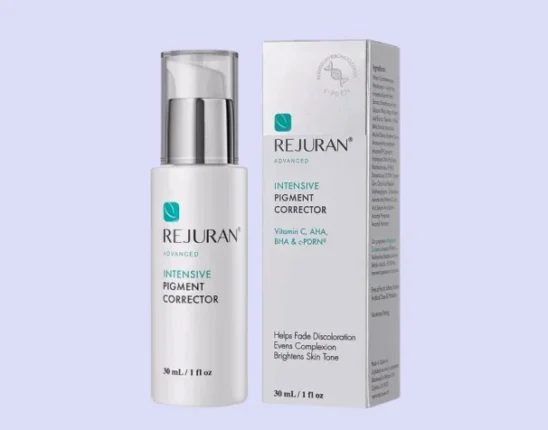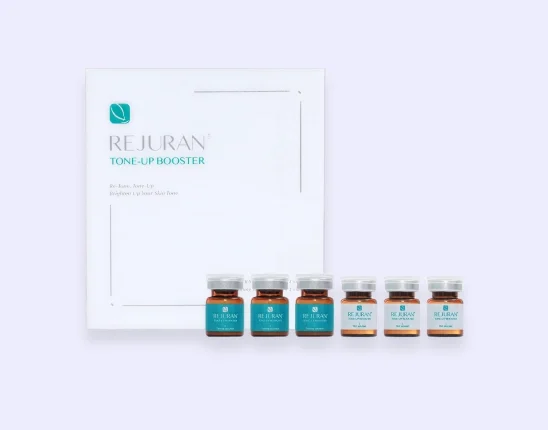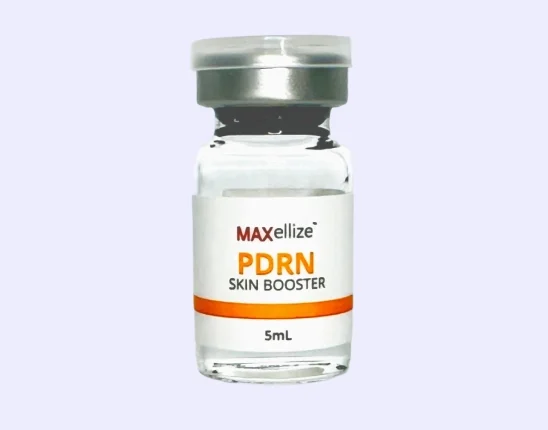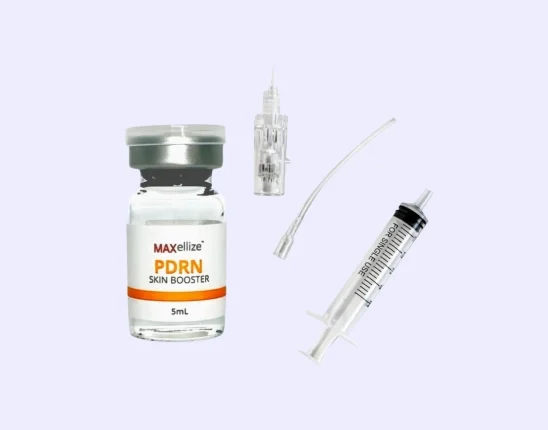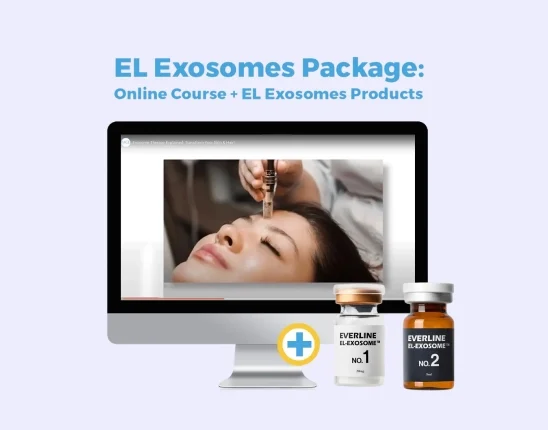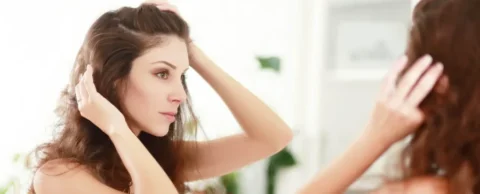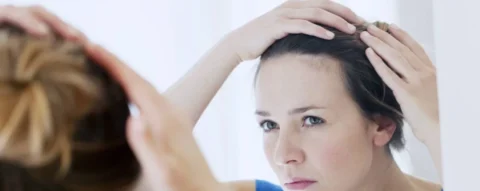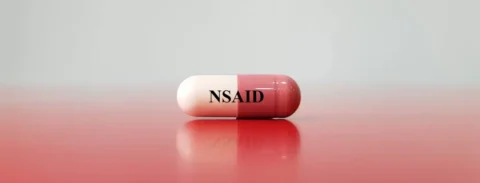Chemotherapy-induced alopecia and other forms of hair loss have long been of interest to researchers because of the effect of hair loss on the appearance and self-esteem of patients. One of those that are being investigated is the role of growth factors on hair follicle morphogenesis.
So how can fibroblast growth factor and epidermal growth factor prevent hair loss? Growth factors, like the FGF and EGF, can act in the treatment of hair loss by exerting effects on the different cell types that form the human hair follicle, such as matrix cells, mesenchymal cells, and follicular papilla cells. The growth factors play essential roles in promoting cell proliferation and the differentiation of these cells.
The Hair Growth Cycle
The hair cycle consists of 4 key phases, namely anagen, catagen, telogen, and exogen. Different human hair follicles go through these phases at different times to ensure that not all hairs will fall off at the same time. Disruptions in this hair growth cycle such as through illnesses and improper nutrition result in visible hair loss.
- Anagen – The anagen phase of hair follicles is the “growth phase” or “active phase” where the active growth and division of keratinocytes (the hair cells) occur. Anagen hair follicles show the highest rate of growth. This phase lasts an average of 3 to 5 years.
- Catagen – The catagen phase of hair follicles is a short transitional phase that lasts for 10 days. This phase marks the end of active hair growth. In this phase, the cell division stops, and the hair pigment is no longer produced by the melanocytes (the cells that produce pigment).
- Telogen – The telogen phase of hair follicles is the resting phase when the strands remain in their follicles but stop growing. It’s the phase before the shedding of hair strands occurs. It lasts approximately 100 days.
- Exogen – The exogen phase of hair follicles is a short phase where the transition from telogen to anagen phases occurs. After this phase, hair re-enters the anagen phase and the hair growth cycle starts again.
What Are Growth Factors?
A growth factor is an endogenous mediator that influences many aspects of the human body associated with cell growth and differentiation, including embryonic development, angiogenesis (blood vessel formation), and regulation of hair morphogenesis. In hair growth, the effects of growth factors are manifested through different expression levels and biological activities, such as the following:
- Autocrine Regulation – Autocrine control involves the production of growth factors by a cell and the use of these growth factors by the same cell that produces it.
- Paracrine Regulation – Paracrine control involves the production of growth factors by a cell and the use of these growth factors by neighboring cells.
- Hemocrine (Endocrine) Regulation – Hemocrine or endocrine control involves the production of growth factors that will be distributed via blood for use of cells from distant sites.
Similarly, activation of the cells by growth factors occurs through the binding of these molecules to specific cell surface receptors. For example, the fibroblast growth factor should bind first to the fibroblast growth factor receptor while the epidermal growth factor should bind to the epidermal growth factor receptor before the effects of growth factor and their therapeutic potential become apparent.
Fibroblast Growth Factor
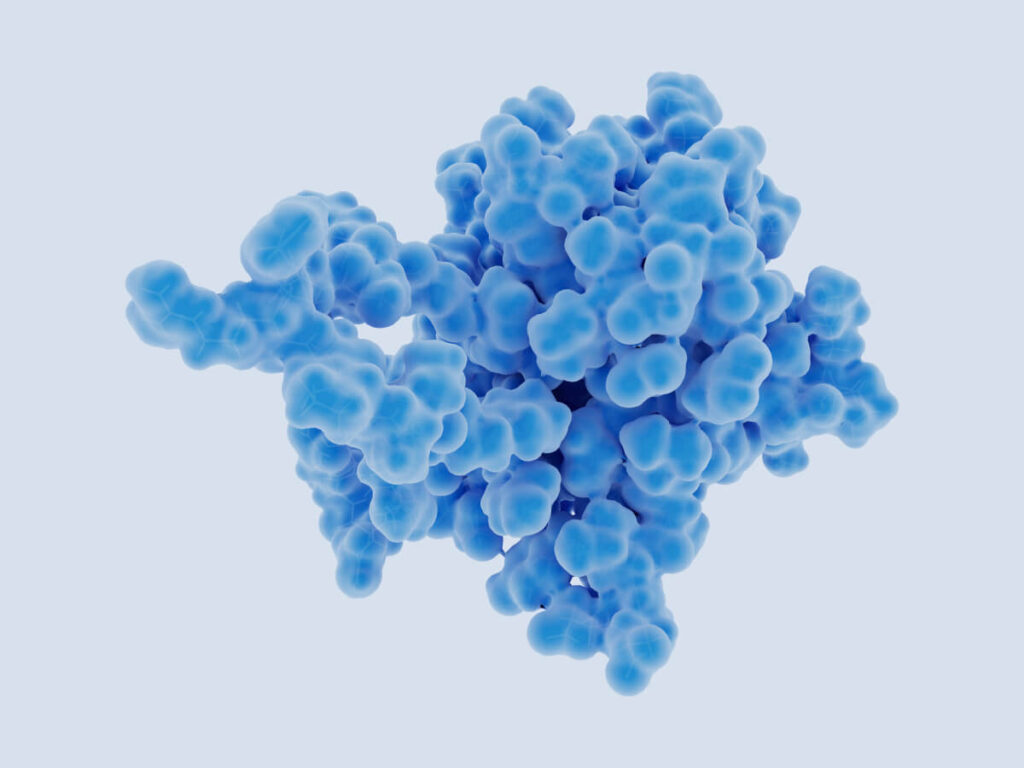
The fibroblast growth factor is a growth factor under the fibroblast growth factor family, along with the keratinocyte growth factor. It’s the representative growth factor of the said family, with the basic and acidic fibroblast growth factor (differentiated based on their charges) being the first ones that were discovered of its kind.
The binding of FGF into fibroblast growth factor receptors results in a cascade of reactions leading to the many biological functions of FGF such as cell proliferation, cell migration, cell differentiation, and angiogenesis (new blood vessel formation through the proliferation of endothelial cells). This helps in many clinical applications such as treatment for alopecia or other types of hair loss, against mechanisms of skin aging, and regeneration of muscles, adipose (fat) tissues, tendon, ligament, bones, and nerves.
How It Works Against Hair Loss
The gene expression of the fibroblast growth factor and other members of the subfamily and the consequent activation of its biological activity is involved in follicle cell proliferation. Specifically, FGF7 and FGF10 are observed to facilitate the migration and proliferation of keratinocytes.
Observations on the role of FGF on cultured keratinocytes and endothelial cells also provide evidence that FGF can stimulate the formation of new blood vessels of the scalp that aids in its optimal nourishment. Similarly, other hair components are also stimulated by FGF to proliferate, such as follicular melanocytes (the pigment-producing cells), follicular papilla cells, and outer root sheath cells.
In fact, previous studies have shown that the transdermal application of FGF-2 containing dalteparin/protamine nanoparticles in the affected scalp is effective in promoting hair growth and acts as a possible treatment for alopecia.
Other Functions And Applications
The biological activities of FGF, namely cell proliferation, cell migration, cell differentiation, and angiogenesis, are the reasons behind the therapeutic potentials of FGF. Because of the observed upregulation of FGF expression levels, the use of FGF in the following is investigated:
- wound healing and skin regeneration
- muscle repair
- adipose tissue regeneration
- tendon/ligament injury repair
- cartilage repair
- bone regeneration
- periodontal regeneration
- spinal cord injury repair
Epidermal Growth Factor
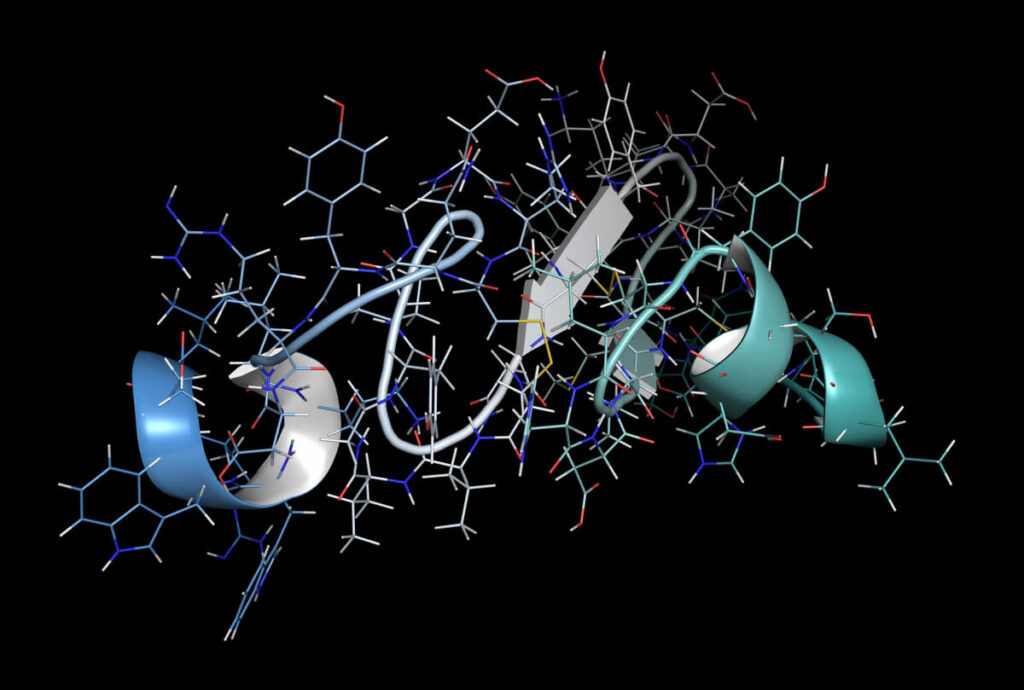
The epidermal growth factor is a polypeptide growth factor under the epidermal growth factor family, along with related growth factors such as transforming growth factor-alpha and amphiregulin. It’s said to be the first growth factor to be isolated and purified and may be found in different bodily fluids such as urine, saliva, milk, tears, and blood plasma.
The binding of EGF to the epidermal growth factor receptor results in the activation of its biological activities, most notably the regulation of cell proliferation and survival. It’s implicated in many different biological activities such as embryogenesis, placental development, development of different organs such as the lungs, skin wound healing, and immune responses.
How It Works Against Hair Loss
The effect of the epidermal growth factor on hair is observed to have a disparity, in that it has both a growth-stimulatory activity and a growth-inhibitory activity (i.e., it can both prevent and cause hair loss). This observed disparity is associated with its concentration, expression levels, and timing of administration, especially when injected in the experimental animals where these properties are being observed and studied on.
For hair growth, EGF can stimulate the proliferation of hair follicles and is observed to be highly expressed in the outer root sheath near the area where keratinization occurs. On the other hand, EGF also causes the overproduction of the epidermal cells of the scalp, causing it to constrict the hair fiber, leading to hair loss.
Other Functions And Applications
Aside from hair growth, the epidermal growth factor has a role in the development of multiple organs and defects in its signaling lead to impairment in the development. These organs include the lungs, heart, central nervous system, bone, skin and other organs lined by epithelium, kidney, and liver.
Similarly, the functioning of these organs are also affected by the EGF, in that defects in EGF signaling leads to disease states associated with these organs. For example, in the skin, inhibition of EGFR as a treatment for cancer results in skin side effects such as acneiform eruptions, dry skin or xerosis, and paronychia or painful swelling of nail folds.
Other Growth Factors With Critical Roles In Hair Growth
Aside from FGF and EGF, other growth factors are also observed to have critical roles in hair growth through exerting their effects on the hair growth cycle or other mechanisms. These growth factors with critical roles in hair growth include those under the transforming growth factor-beta family and insulin-like growth factor family.
1) Transforming Growth Factor-Beta Family
Growth factors under the transforming growth factor-beta family are implicated in the regulation of skin and hair follicle development. Of particular interest for hair growth are the following:
- Transforming growth factor-beta – Transforming growth factor-beta has 3 isoforms that exhibit both similar and distinct properties that play a critical role in cell proliferation and differentiation. The concentration of this growth factor is observed to be heavily dependent on the hair cycle, exhibiting high levels during the anagen phase.
- Bone morphogenic proteins 2 and 4 – Bone morphogenic proteins 2 and 4 are implicated in hair growth because of the observed expression of these growth factors during hair follicular organogenesis (the growth and development of hair follicles).
2) Insulin-Like Growth Factor Family
The insulin-like growth factor family-1 is implicated in hair growth because of its ability to stimulate the anagen phase in the dermal papilla of hair follicles while preventing apoptosis in the catagen and telogen phases. Other members of the insulin-like growth factor family that are also implicated in hair growth include the following:
- Nerve growth factor – The nerve growth factor is an important agent in the survival and development of the cells of the peripheral nervous system. Aside from the peripheral nervous system, it also exerts its effect on hair growth through having both proliferative and inhibitory effects on keratinocytes. The release of this growth factor is also dependent on the hair cycle, as evidenced by its high levels during the anagen phase and low levels during the catagen phase.
- Hepatocyte growth factor – The expression of hepatocyte growth factor by follicular papilla cells on hair bulb-derived keratinocytes are observed to cause hair follicle elongation in organ culture, suggesting its potential therapeutic benefits. This growth factor also induces hair growth in a dose-dependent fashion.
- Vascular endothelial growth factor – The vascular endothelial growth factor is implicated not only in hair growth but also in tumors, wound healing, and inflammation, particularly due to its angiogenic properties. The ligand of this growth factor is expressed in both endothelial cells and keratinocytes. It also promotes hair growth in a dose-dependent fashion as it’s also observed to decrease during catagen and telogen stages of the hair cycle.
- Platelet-derived growth factor – Platelet-derived growth factor is a growth factor that exists in 3 dimeric forms, the PDGF-AA, PDGF-AB, and PDGF-BB, which exert their growth-stimulatory activity through binding their corresponding specific receptors. The receptors of PDGF are expressed distinctly around the hair organ (i.e., there’s a difference in localization, such as in the follicular papilla for human skin PDGF in the germinative cells of the hair matrix region).
PEP Factor: A State-Of-The-Art Hair Restoration Formula
At FACE Med Store, we offer formulations and devices with a growth-stimulatory activity that can promote hair follicle development. We commit to incorporating state-of-the-art technological innovations most notably the innovative formulation that is PEP Factor for holistic and quality patient-centered care.
The topical application of the PEP Factor which is administered on its own or as a complement to different modalities also leads to visible hair growth. This innovative and ready-made formulation contains natural ingredients so it only produces minimal side effects. Its active ingredients include the basic fibroblast growth factor (bFGF), which is also a growth factor, and copper peptide, an antioxidant.
PEP Factor, as mentioned, can be used in conjunction with other hair restoration devices such as the derma roller of microneedling. This device works for hair loss by stimulating hair growth through the micro-injuries which may directly cause hair growth or provoke an inflammatory response that causes biological factors like keratinocyte mitogens and cytokines to be released and exert their effect on the growth of hair follicles.
Formulations and devices that FACE Med Store can offer, when administered together, are proven to promote optimum growth of hair follicles and can visibly improve on types of hair loss, including androgenetic alopecia (caused by androgen-suppressed hair growth) and female pattern hair loss.
Professional Hair Restoration Products And More At FACE Med Store
The biological activities of the fibroblast growth factor, epidermal growth factor, vascular endothelial growth factor, and other growth factors are essential in the proliferation of epithelial cells, dermal papilla cells, and others. These cells play a role in the regulation of hair follicle cycling and thus help in the regeneration of hair.
We at FACE Med Store pride ourselves on excellent service and offering of the latest technologies. We provide good hair restoration and other cosmetic products with observable results even just weeks after treatment. Contact us now at (800) 770-9083 or info@facemedstore.com for visible hair growth and other cosmetic products that you may need for your patients.
